Expansion of WWII Museum Has Atlanta Link
Jewish Liberator George Aigen recalls his unforgettable experience at Dachau and stresses the importance of the WWII Museum's new addition.
Driving from Munich to Dachau with his battalion, 93-year-old George Aigen will never forget the open minefield, two posts and a single railroad track that led into the concentration camp.
“I can still see it in my mind,” said the World War II liberator. “We found a train on the rail and went to investigate. It was a cargo train. All the doors were open,” Aigen recalled.
Inside the train, soldiers found about 2,000 people, all dead and piled on top of each other. Aigen said the Nazis sent them from another camp so they couldn’t be rescued.
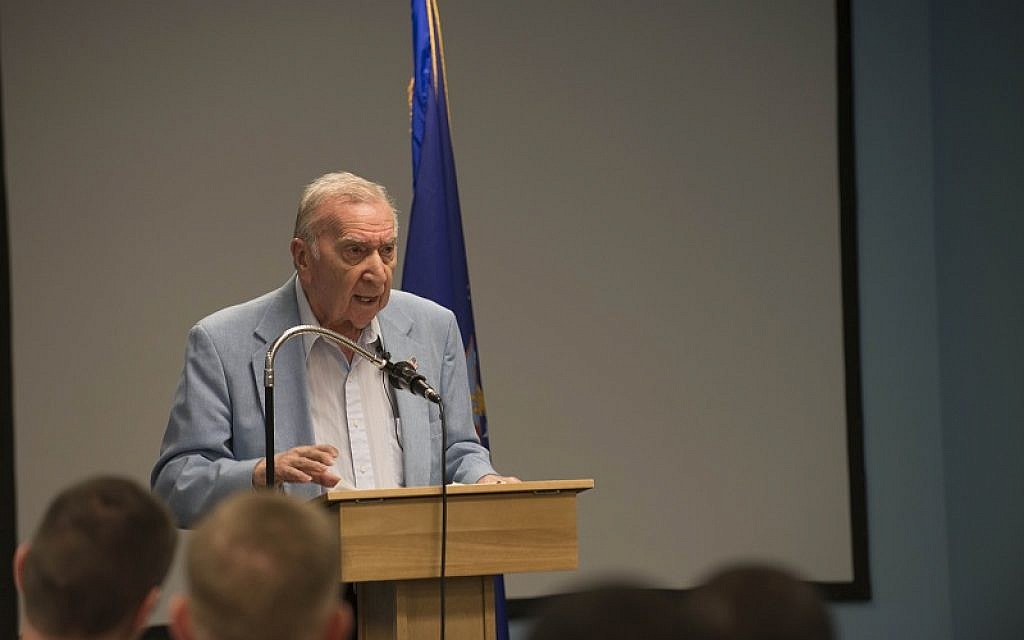
Crying, Aigen struggled to express how deeply the memories still affect him.
The retelling of Aigen’s vivid history – along with others in his generation – is one reason the National World War II Museum in New Orleans launched a $400 million capital campaign. The six-acre campus houses five pavilions with historical exhibits, on-site restoration work, a period dinner theater, and restaurants.
Tom Hanks, at the Book Festival of the MJCCA Oct. 30 and known for his war movies, is the executive producer and narrator of the introduction to the museum’s 4-D film experience, “Beyond All Boundaries.”
Our very own AJT Owner and Publisher Michael Morris is a board member of the museum and has played an active role in fundraising for the project.
The last stage of the expansion includes the Liberation Pavilion, set to open in 2021 at a cost of $45 million. Patrons can roam three levels to discover the meaning of liberation, freedom and democracy. The pavilion covers the post-war era, returning military service members and war crimes.
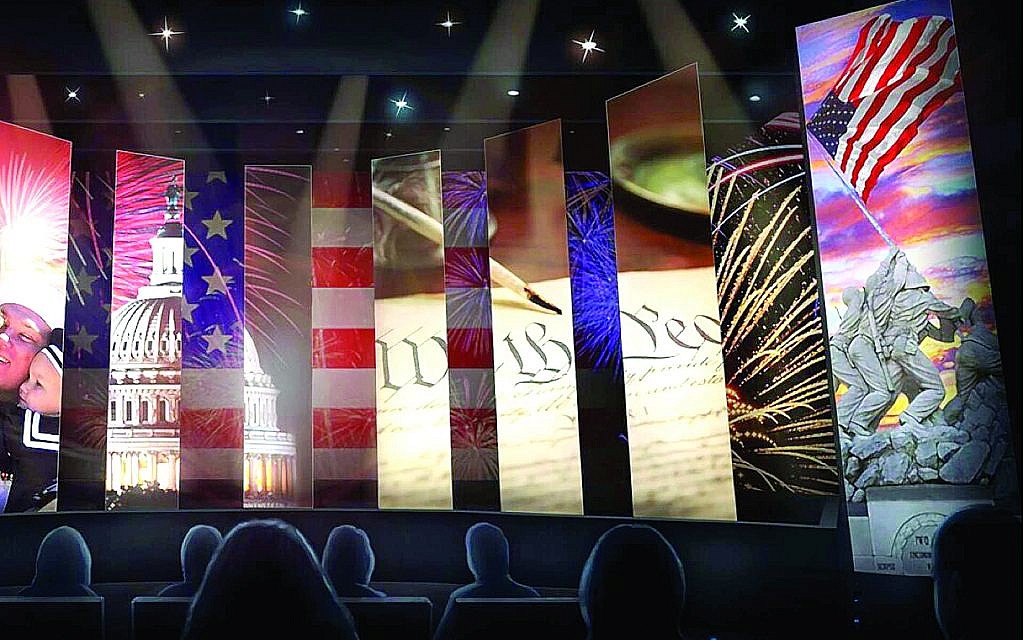
Part of the capital campaign is provided by California philanthropist Ted Taube. His $2 million contribution will fund a family Holocaust program. It includes free public programming annually on International Holocaust Remembrance Day – Jan. 27 this year – as well as distance learning programs to help students nationwide explore individual and collective responsibility in the Holocaust.
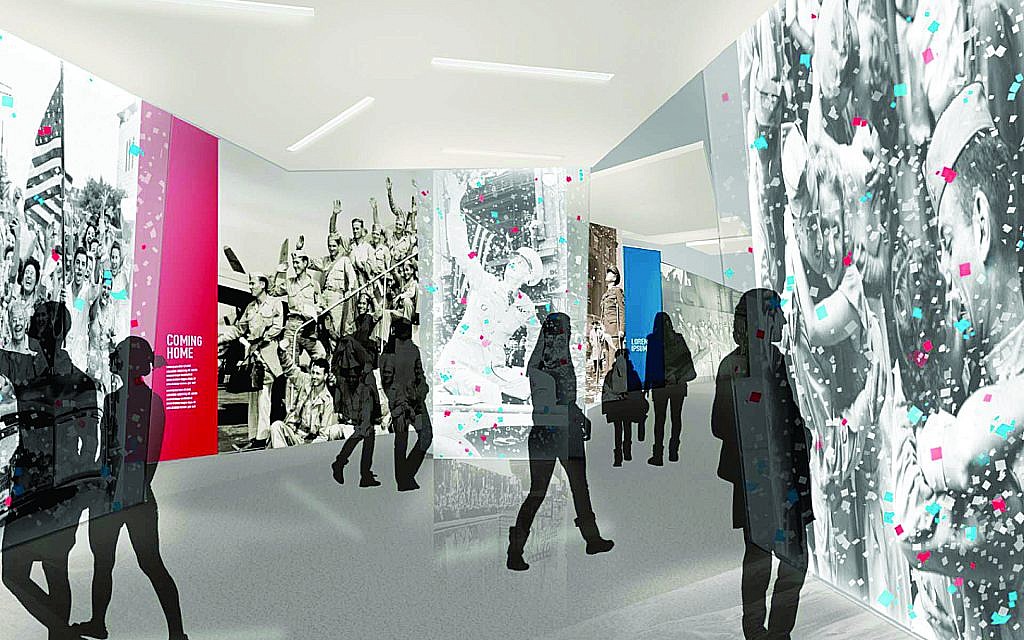
The museum’s WWII Media and Education Center offers Holocaust education to middle and high school students across the nation through two distance learning programs: “The Holocaust: One Teen’s Story of Persecution and Survival” and “When They Came for Me: The Holocaust.” The Taube gift allows for program expansion and technology updates to support online education.
“As the WWII generation passes away, the National WWII Museum has been entrusted to continue telling their stories to future generations – especially the important story of the Holocaust,” said Stephen J. Watson, the museum’s president and CEO. “The gift … makes it possible for the museum to expand its teachings about the atrocities of the Holocaust and why we should all stand together against future genocides.”
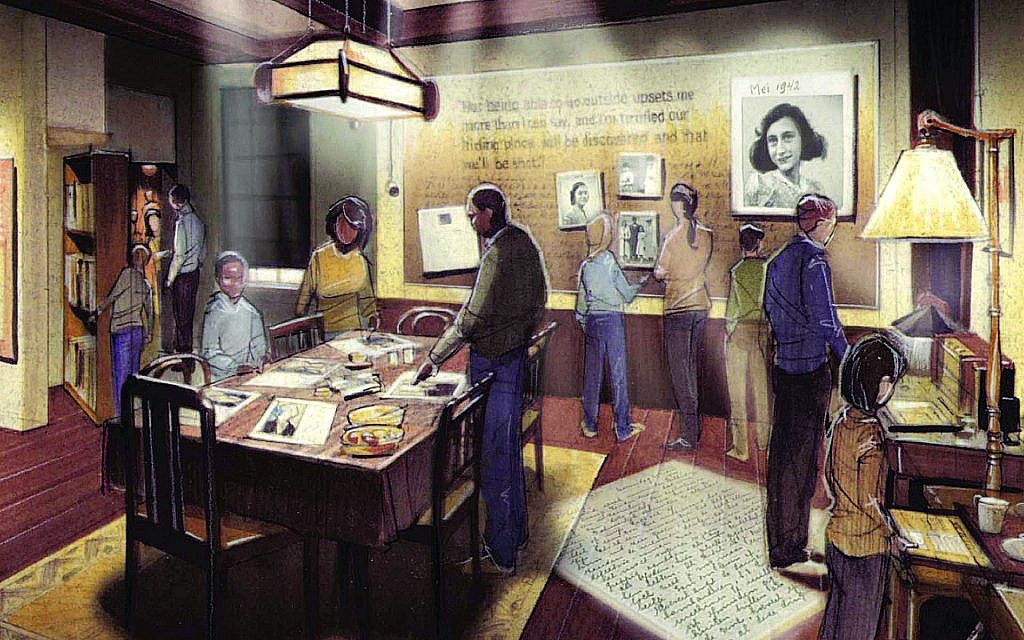
Telling stories about the Holocaust, like Aigen’s, is a task that never ends.
Reflecting on his Army friends, Aigen said, “We must remember the sacrifice they made. The museum’s programs could be of great use to this nation, especially at this time in history.
“One thing I’ve been thinking lately is the realization that my friends, my wartime friends, and people of that time have practically all died out,” he said.
“I can still see in my mind the three American soldiers sitting on the ground under a tree. Our unit was supposed to protect these guys, who were sitting on the ground, crying. That was my introduction to Dachau. For over 70 years, I still can’t get that out of my brain,” he said.
Aigen recalled following an American group into the concentration camp. “To do so, we had to go through a field and into the gate. We had no idea what was on the other side of that gate,” he said, hauntingly. “All we could do was walk [into the camp]. Luckily there was no one there. When we were finally through the gate, on the other side we found a big open field, alongside a single railroad track.”
Dachau was the first concentration camp, built in 1933, about 20 minutes outside of Munich. More than 14,000 prisoners were killed there.
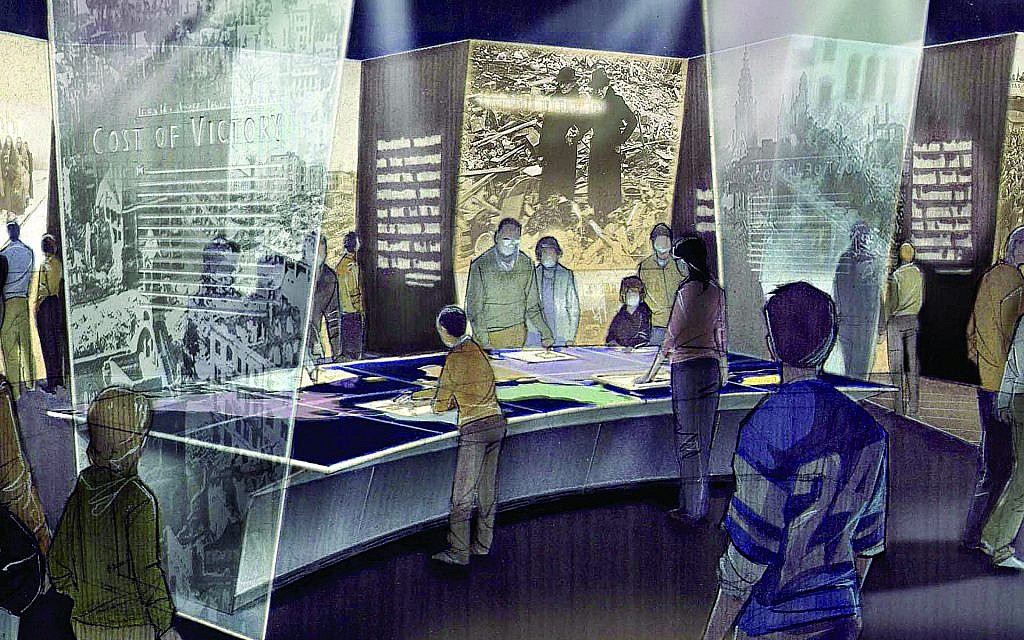
About 10 years ago, Aigen told his wife, Joyce, he “couldn’t get out of the camp.” For a while he stopped giving lectures and talks, but she said, “It has to be known that it happened. We cannot let it happen again.”
She said the museum was a wonderful idea, “dedicating a building to the men who were there. Because George is still here, he is still able to tell the story.”
Aigen received the French American Legion award and has been featured on the Georgia World War II Oral History project, produced by Georgia Public Broadcasting in Atlanta.
John Brown, retired from the Air Force, is also producing a film about Aigen with funds from Valdosta State University. Brown heard Aigen speak about liberation and was inspired to create “Aigen: One Man’s War,” set to launch next year.



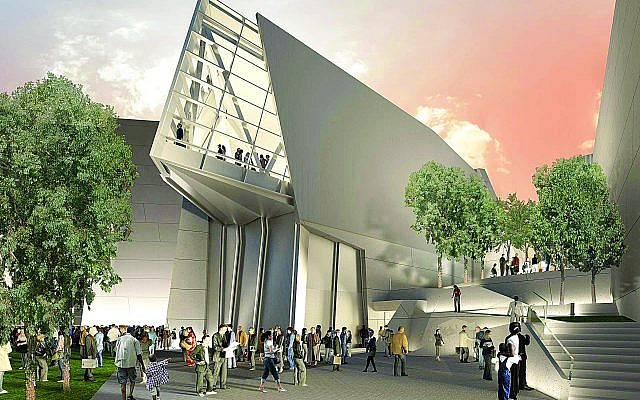
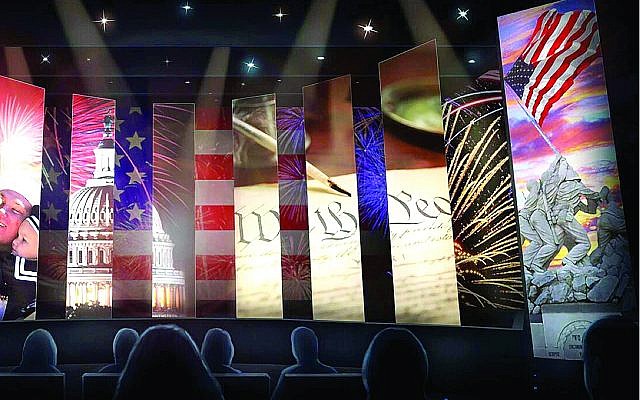
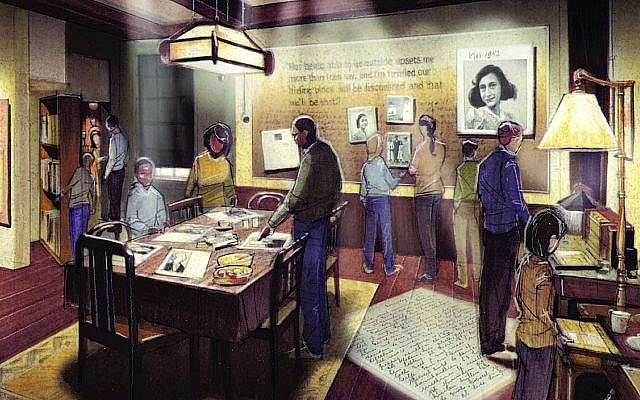
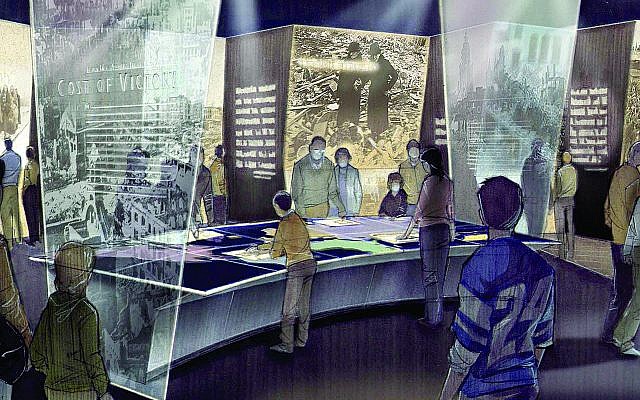
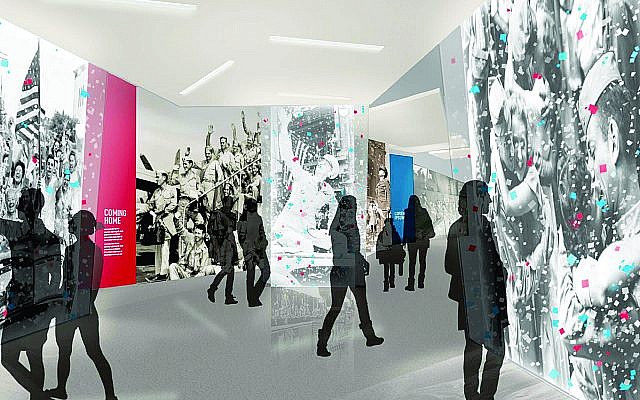
comments